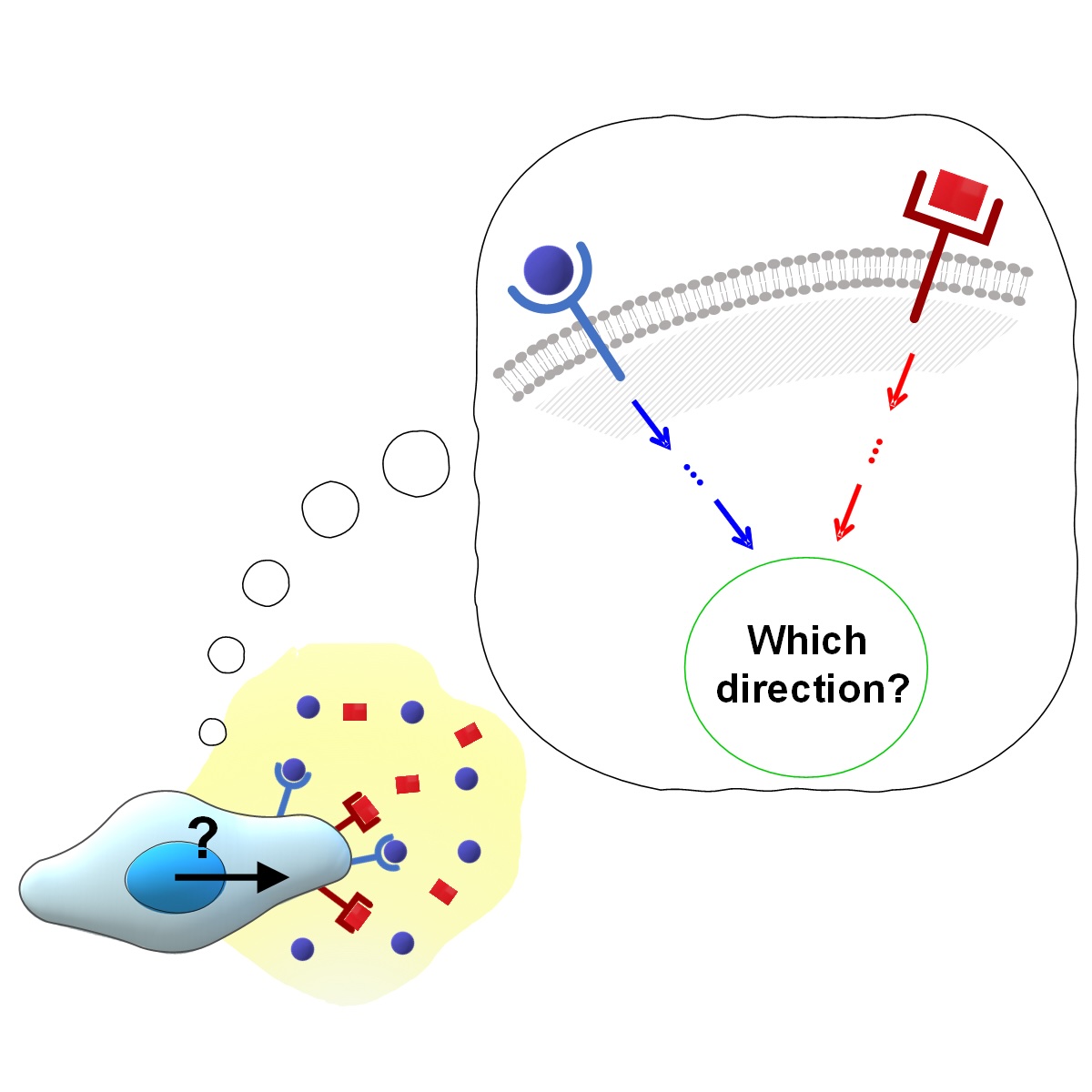Hye-ran’s paper collaboratively developed with Dr. Mugler’s group at the University of Pittsburgh is now published in Journal iScience. We studied the cells’ biophysical capacity to decipher complex chemical cues during migration.

Signal processing capacity of the cellular sensory machinery regulates the accuracy of chemotaxis under complex cues
Hye-ran Moon, Soutick Saha, Andrew Mugler, and Bumsoo Han
Chemotaxis is ubiquitous in many biological processes, but it still remains elusive how cells sense and decipher multiple chemical cues. In this study, we postulate a hypothesis that the chemotactic performance of cells under complex cues is regulated by the signal processing capacity of the cellular sensory machinery. The underlying rationale is that cells in vivo should be able to sense and process multiple chemical cues, whose magnitude and compositions are entangled, to determine their migration direction. We experimentally show that the combination of transforming growth factor-β and epidermal growth factor suppresses the chemotactic performance of cancer cells using independent receptors to sense the two cues. Based on this observation, we develop a biophysical framework suggesting that the antagonism is caused by the saturation of the signal processing capacity but not by the mutual repression. Our framework suggests the significance of the signal processing capacity in the cellular sensory machinery.
